What is Facet Joint Syndrome?
Facet Syndrome is related to osteoarthritis and can cause significant cervical (neck) or lumbar (lower back) pain (See Figure 1).
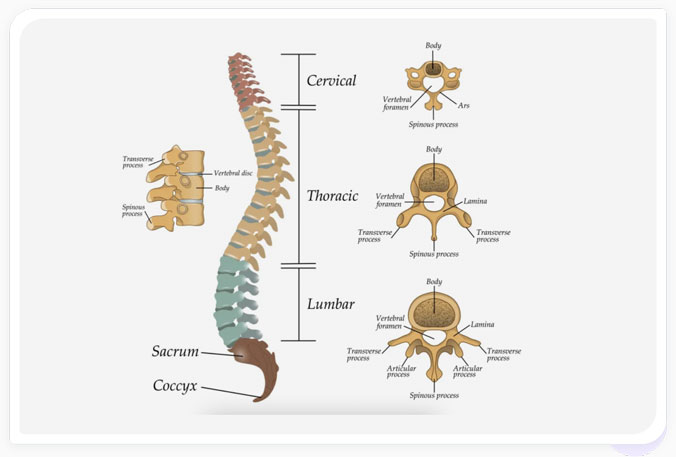
Figure 1. Illustration of Spine Anatomy. Vertebrae are divided into three sections: Cervical (C1-C7) neck, Thoracic (T1-T12) back, and Lumbar (L1-L5) lower back. The Sacrum and Coccyx compose the end of the spine commonly referred to as the tail bone.
Facet Syndrome can be divided into Cervical Facet Syndrome and Lumbar Facet Syndrome since facet joints in the vertebra of the neck and lower back are most-commonly affected.
Facet joints give the back flexibility allowing the spine to bend and twist in different directions. Back pain and immobility can result from facet joint degeneration caused by the breakdown of cartilage between facet joints (See Figure 2).
Causes, Signs And Symptoms
Figure 2. Illustration of vertebral column. Facet Joint Syndrome is often associated with inflammation or trauma to the nerve root, spinal cord, or intervertebral discs. Regenerative Medicine treatments can ease the inflammation and damage to these structures alleviating pain and restoring range of motion.
What are Facet Joint Pain Symptoms?The back pain experienced is similar to osteoarthritis and depends on which vertebrae are affected (e.g., lumbar facet joint vs. cervical facet joint).
Common symptoms include of facet joint injury:- Neck pain worsened by holding your head in one place for long periods (e.g., driving, computer work) or with inactivity
- Lower back pain
- Loss of mobility (e.g., inability to move neck side to side or up and down, or bend over)
- Pain in the shoulder blade or upper back
- Crepitus (e.g., neck/back popping and cracking, getting stuck)
- Dizziness/visual problems
- Numbness in the shoulder, arm, forearm, or hand/buttocks, legs, back
- Pain or tightness in the shoulder, arms, or hands/pain in back may radiate to legs
- Sleeping causes stiff neck or numbness in the hands
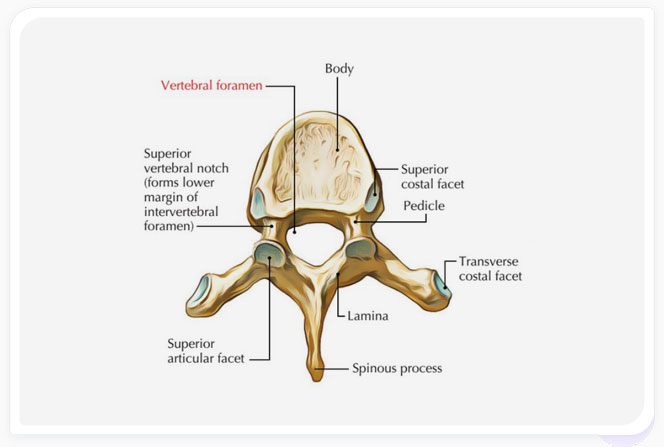

Risk factors for facet arthritis, degenerative disc and facet disease are similar, they include:
- Age. Those older than 50 years old are most at risk.
- Female gender. A drop in women's estrogen levels during menopause may have a negative effect
- Previous injury to the neck/spine
- High job demands
- Low physical capacity
- Poor computer workstation design
- Poor posture/poor sleep posture
- Repetitive activities. Athletes like gymnasts more at risk, or other occupations with repetitive neck/back movements.
- Trauma. Acute traumas due to accidents may hasten development of facet osteoarthritis (OA)
- Obesity. Overweight people are 5x more likely to develop OA in the lower back
- Congenital defects. Scoliosis (abnormal curvature of the spine) may lead to OA
Our specialists base their diagnosis of facet spine disease using the following criteria:
- Medical History: Our doctors will ask you about the nature of your pain (e.g., when and under what conditions you experience back pain). They will ask about prior surgeries, accidents, and trauma to the neck or back.
- Physical Exam: The doctor will test for facet pain by examining the range of motion of the neck/back, look for swelling, listen for any cracking or popping noises (crepitus), and test for muscle weakness.
- Imaging with X-Rays or MRI: X-rays can be used to help diagnose facet arthritis. Magnetic resonance imaging (MRIs) may be needed to determine if there is damage to other parts of the spine and surrounding tissues.

Treatment Options
The StemX clinic offers a range of personalized regenerative medicine solutions for Facet Joint Syndrome treatment.
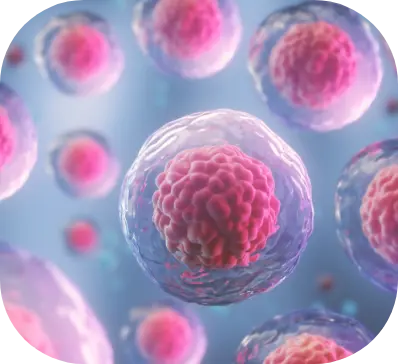
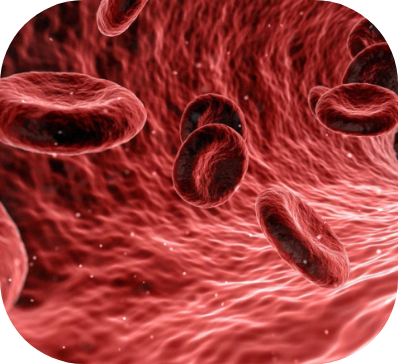
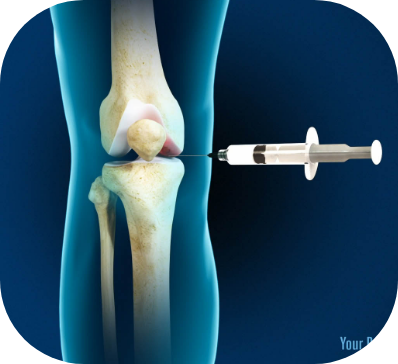
The StemX Approach
StemX is California's leading provider of advanced regenerative medicine therapies. Our experts don't just offer popular treatments, but customized medical solutions based on individual needs.
Located in Solana Beach, California, the StemX clinic is composed of a team of expert regenerative medicine doctors with years of experience administering treatments for joint disease. Our team has:
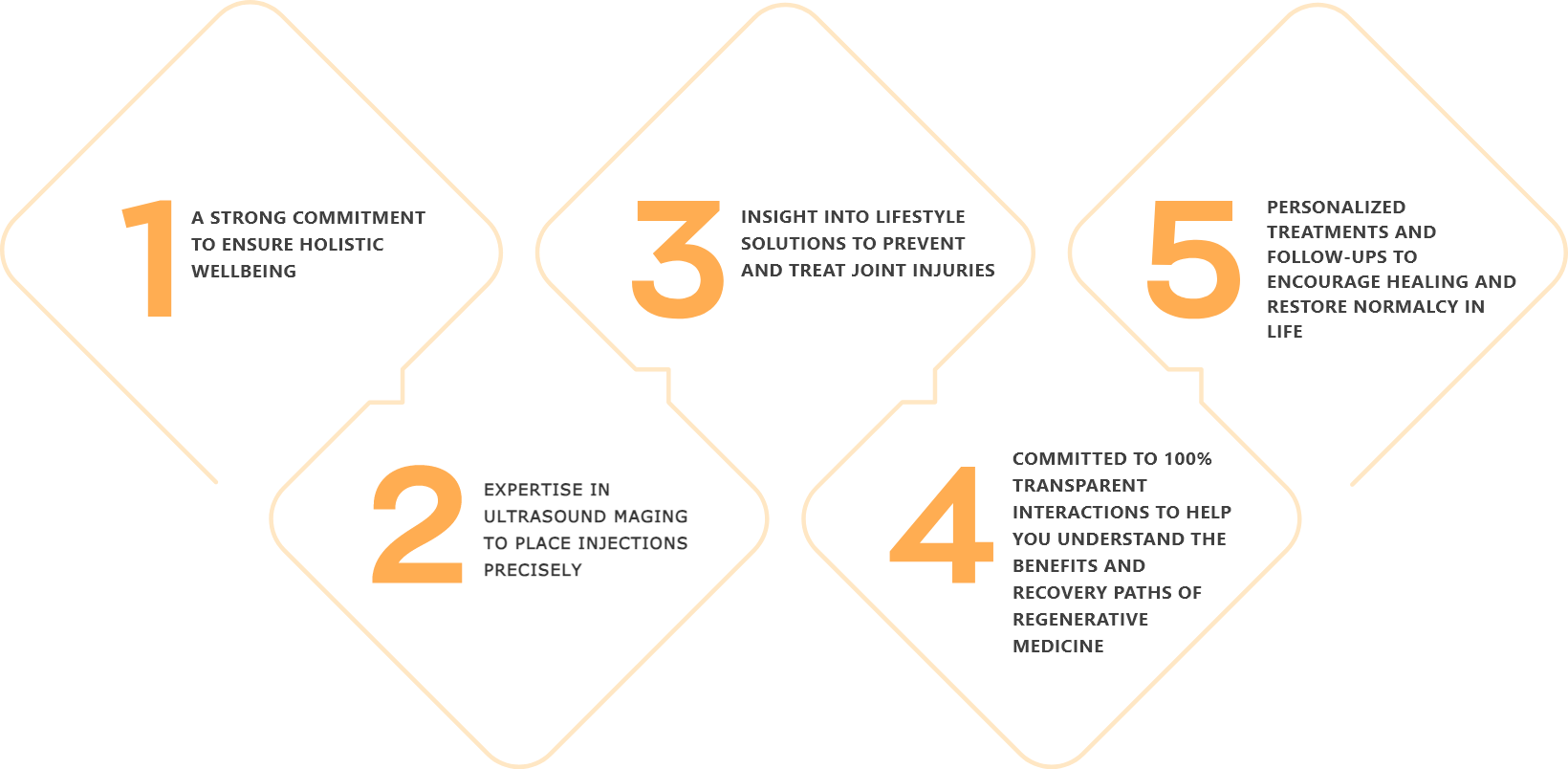

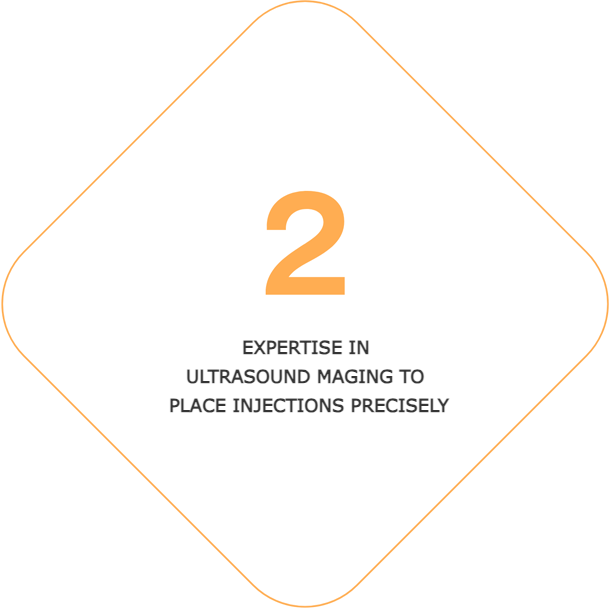
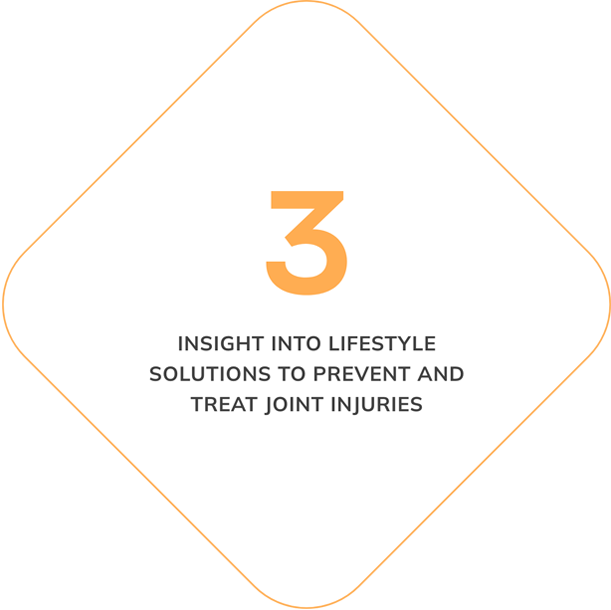
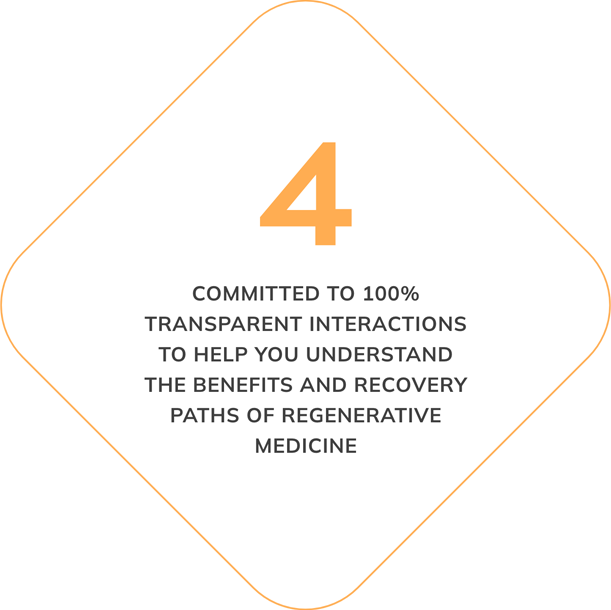
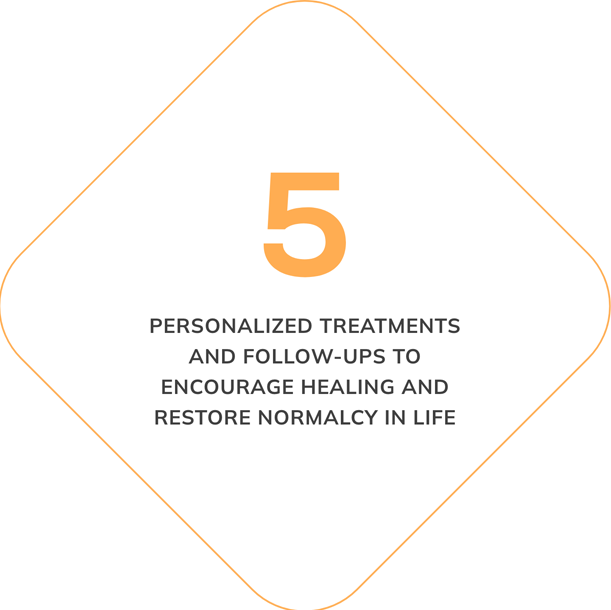
How To Get Started




Treatment Procedure
While each treatment may be customized, you can expect your experience to be similar to the following:
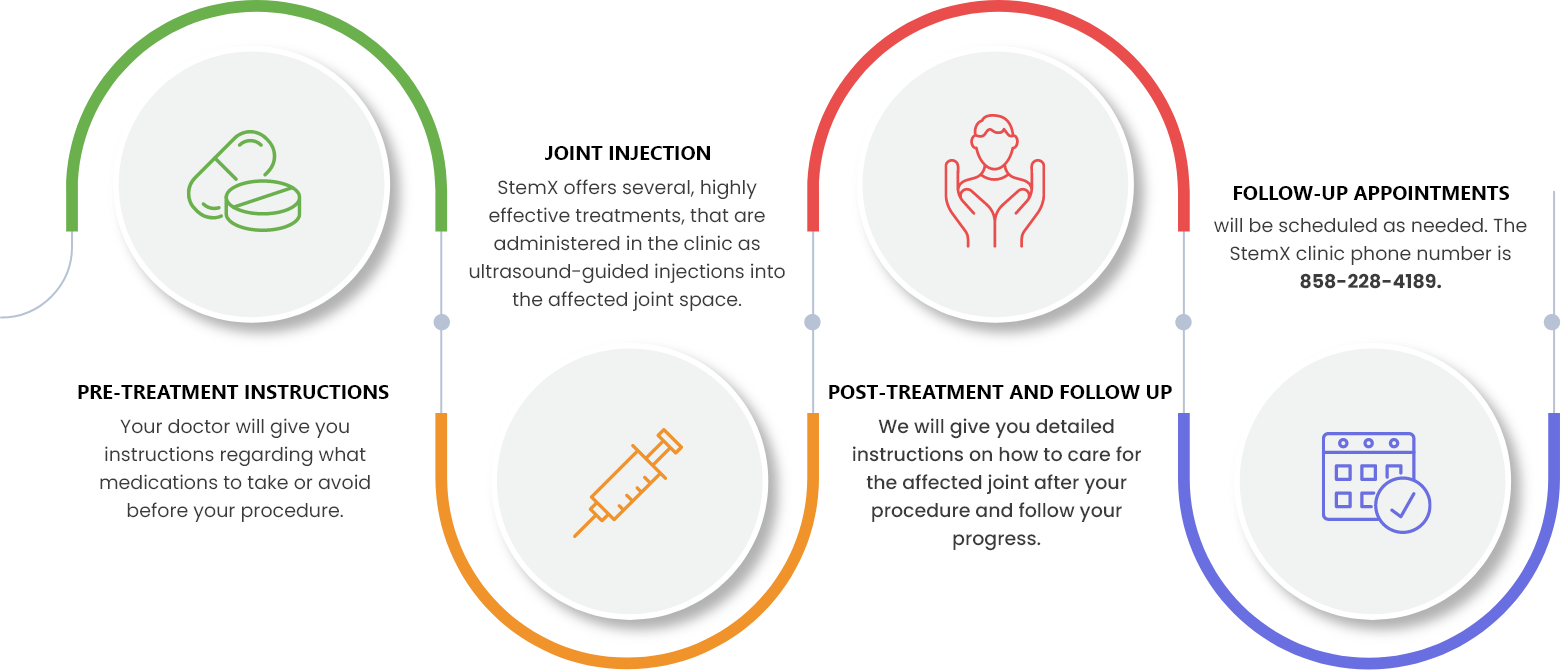
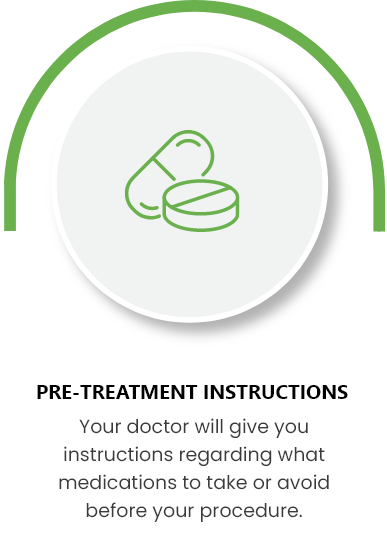
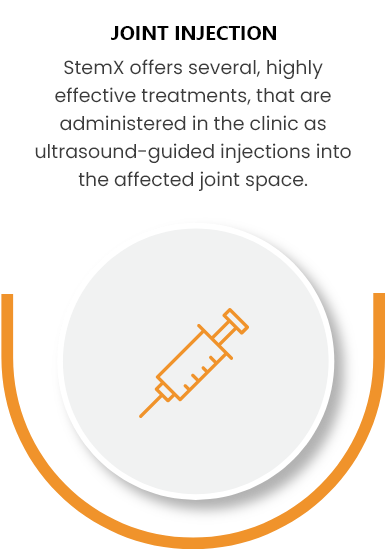
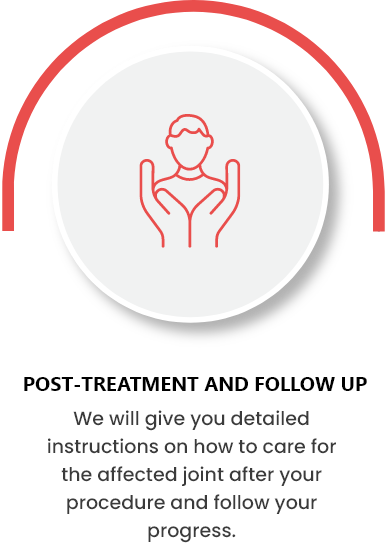
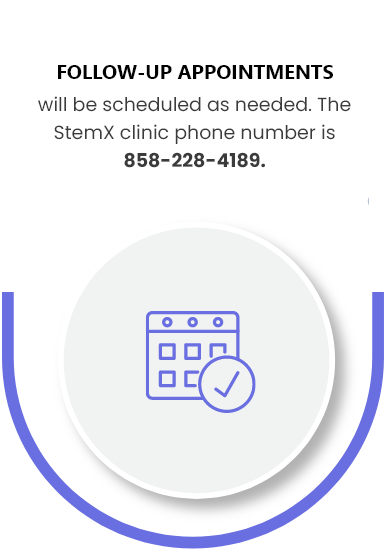
All procedures are conducted in our Solana Beach, California clinic. 124 Lomas Santa Fe Dr #206, Solana Beach, CA 92075.
Frequently Asked Questions
Regenerative medicine treatments may slow or help repair damaged facet cartilage without having to resort to steroid injections, ablations, surgery.
Facet joint syndrome can be treated with Regenerative Medicine approaches that stimulate the body to repair damaged cartilage and reduce inflammation helping patients to avoid surgery.
Facet syndrome can be treated but if the causes of facet joint pain are not address or if caused by age, other facet joints may begin to degenerate as well.
Regenerative medicine treatments offer unique benefits over other treatments (i.e., steroids or surgery) because they have few side effects and stimulate the body to heal naturally.
The breakdown of cartilage in the facet joints cause pain due to friction but can also cause the nerves in the spinal cord to become inflamed which can be very painful.
Depending on the severity, regenerative medicine therapies can take several weeks to fully take effect. Short-term pain management may be helpful.
Regenerative Medicine treatments are lasting, but facet arthritis is a progressive degenerative disease, therefore new joints may become diseased, or wear and tear can re-damage treated joints.
Regenerative Medicine injections cause minimal discomfort. The injection site may be sore for several days during which time strenuous activity is discouraged.



